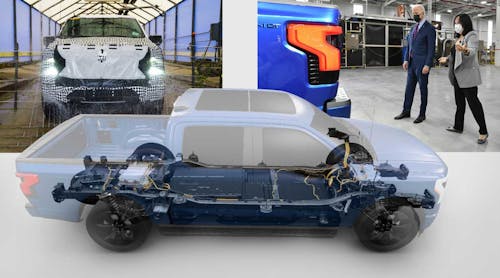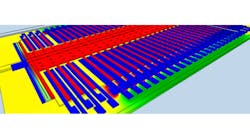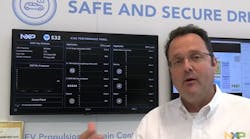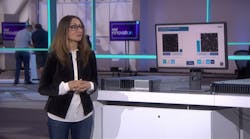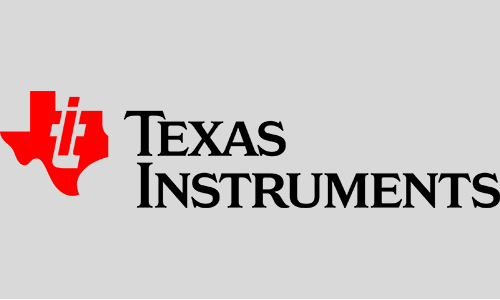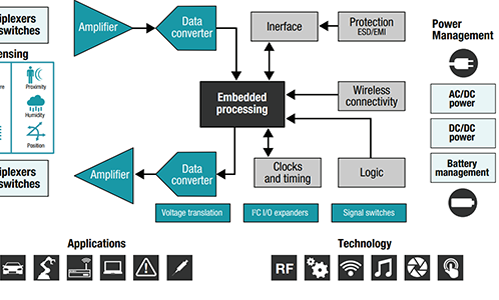What you’ll learn:
- 如何直接用交流电源为电动汽车充电。
- 为什么必须在EV充电器和云之间建立无线网络。
- 电动汽车充电功率水平之间的差异。
鉴于全球汽车制造商的承诺在将来仅出售电动汽车,以及政府的援助以建立快速,可靠的充电网络,因此电动车(EV)充电行业正在迅速发展。这些电动汽车将需要快速,高效和强大的电动汽车充电站。
Listed below are 11 misconceptions involving the EV charging landscape.
1. You can charge an EV directly with ac power.
是的,有些EV充电器会直接用交流电源为电动汽车充电,依靠机上充电器将AC转换为DC,然后最终用DC充电EV。但是,其他EV充电器首先将交流电源转换为DC,并通过绕过板载AC到DC转换来直接为电动汽车电池充电。通常,DC充电器以较高的功率水平运行,从而减少了充电时间。
2. All EV charging stations use the same charging technology.
电动汽车充电站使用各种技术。一种类型的充电器通过利用板载充电器将AC转换为DC,直接用交流电源充电。
还有一些称为DC充电器的EV充电器,可将AC转换为直流电,并通过绕过车载AC到DC转换来直接为电动汽车电池充电。可以采用不同的功率拓扑来将AC转换为DC。
3. EV充电器具有相同的功率水平。
EV chargers (or charging piles) are divided into multiple power levels(see table). Levels 1 and 2 are ac chargers up to 20 kW. Level 3 comprises fast dc chargers that are typically 50 kW and above and can go as high as 350 kW.
4.电动汽车充电站由电网或电气公用事业公司运营。
这不是真的。虽然网格和公用事业公司有可能操作充电站,但一些汽车制造商运营着自己的充电站网络,其他电动汽车可以使用。此外,许多第三方充电站网络运营商既不是电力公司,也不是电动汽车原始设备制造商。
5. High-level chargers are more power-efficient.
功率拓扑,控制方法以及设计和组件选择可以极大地影响充电器的整体功率效率。例如,零电压转换和零电流转换功率拓扑可以大大减少开关损耗,从而提高功率效率。
On the other hand, low-level chargers aren’t more efficient than high-level chargers. Low-level chargers rely on an onboard charger to convert ac to dc and then charge the EV battery. Ultimately, because a variety of components determine charger power efficiency, it’s not possible to explicitly state that a particular charger level is more efficient than another. Typical efficiencies are between 95% and 99%, depending on the implementation.
6. High-voltage EV chargers are known for being less reliable.
With new battery technologies emerging, car batteries are moving to voltages 800 V and higher. With this trend likely to continue, EV charger designers will repeatedly contend with the issues of how to maintain the isolation rating and system reliability.
Technologies for solar energy (solar inverters), where dc bus voltages are in the range of 1,000 to 1,200 V, are widely popular in EV charging designs. Those isolation technologies have been proven over more than a decade and are well-known for being reliable.
7. EVs still require that drivers go to a charging station to “fill up”—just like going to a gas station.
Many different options for charging at home are available, and consumers can charge their EVs automatically when electricity rates are lower—at night, for example. Most modern homes, or those with an attached garage, will have 240-V plugs available that enable charging rates between 100 to 200 miles worth of range.
Even the lowest-power chargers installed in a home garage and connected to a standard 120-V plug can charge 40 to 60 miles worth of range per night. For most drivers, charging daily at home is the easiest and most convenient option.
8.电动汽车需要花费太长时间,而DC充电站的收费不会更快。
A dc charging station is a Level 3 charger that can accommodate power levels in the range of 120 to 240 kW. This type of charging station uses an external charger to supply high-voltage (300 to 750 V) dc at up to 400 A directly to the vehicle’s battery. Level 3 chargers typically charge batteries to an 80% state of charge in under 30 minutes.
可以堆叠模块化转换器以达到更高的功率水平。全球各种标准(例如Chaoji标准)允许3级充电器的功率水平高达900 kW,这将使电荷时间低至10分钟,具体取决于电池容量。
9. There’s no need for a wireless network between EV chargers and the cloud.
Given the limited power supply of buildings, it’s necessary to have a wireless network between EV chargers and the cloud. A wireless network enables users to manage the overall EV charging load in real time.
此外,无线网络aids in controlling power distribution at each EV charging point. A wireless network also makes room for the possibility of saving electricity costs by charging EVs during off-peak hours.
10. Existing building infrastructures and parking spaces are already pre-wired for EV charging.
在安装新的电动汽车充电站时,无线连接是最方便的解决方案。无线连接标准需要管理困难的射频环境以及数据吞吐量和延迟需求/通常是收费数据的1/ s更新率。包含无线连接(网状网络)有助于使系统可扩展到成千上万的EV充电器。
11. Connectivity doesn’t play a role in EV charging.
连接性通过帮助满足用户界面和访问控制要求来协助电动汽车充电工作。它通常通过用户智能手机应用程序从云中实现访问控制的管理。此外,连通性允许将计费信息和占用数据传输到云。

